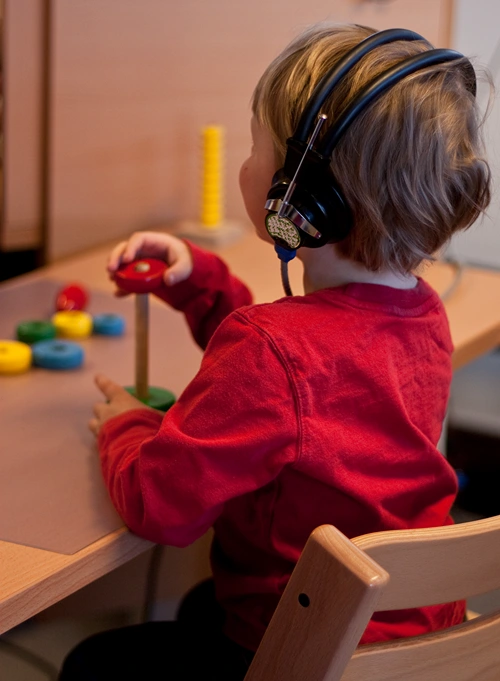How to Recognize Hearing Loss in Children: Signs Parents Shouldn’t Ignore
For many parents, hearing loss is not the first concern when their child struggles in school, fails to follow directions, or seems inattentive. Instead, explanations like short attention spans, developmental delays, or even behavioural issues tend to dominate discussions.
Yet experts warn that undiagnosed hearing loss is often an overlooked factor, which significantly impacts the way a child learns, communicates and socialises.
“Hearing is core to language development,” comments Rosanna Chor, Principal Audiologist at Trusted Hearing, a hearing clinic in Melbourne. “When children have undetected hearing difficulties, it affects their speech, comprehension, and ultimately, even their confidence in any social situation. The longer they go with this issue unnoticed, the bigger the challenge they may have in catching up.”
Unlike adults, who may realise that something sounds different in their own ears, children seldom realise anything is amiss. In many cases, mild to moderate hearing loss might not be immediately evident in conversations at home but indeed cause extreme difficulties in noisy classrooms or playgrounds. A child may not easily follow directions, mishear words, but unless specifically tested for, such symptoms fall under the category of seeming attention issues.
The earliest and most common indicators of hearing problems in children are delayed speech development. Babies start to coo, begin to babble, within the first months of their lives; words usually begin to emerge when they will reach one year. If the child is not imitating sounds, if they have difficulty enunciating simple words, or attaining speech development marks, it sometimes leads to auditory processing problems. Parents should also look for children always turning up the television volume, aren’t startled by very loud noises, and aren’t hearing one’s call from another room.
Behavioural cues can also raise red flags for hearing problems. Kids with undiagnosed hearing loss may either withdraw and become depressed, particularly during group situations when trying to follow everyone, or cling to an over-reliance on visual cues—lip reading as you speak or even mimicking actions without responding.
“Many kids who come in for a hearing test have been referred by parents and teachers who are suspicious of attention problems,” says Chor. “But once we perform a kids hearing test, we often determine that hearing loss was a contributing role to their difficulties.”
According to the US Centers for Disease Control and Prevention (CDC), “Hearing loss can affect a child’s ability to develop communication, language, and social skills. The earlier children with hearing loss start getting services, the more likely they are to reach their full potential.”
Similarly, the World Health Organization (WHO) emphasizes that while the most obvious effect of childhood hearing loss is on language development, it also impacts literacy, self-esteem, and social skills.
Even temporary hearing losses, like those from ear infections or middle-ear fluid, can cause damage if left untreated. Recurring ear infections, complaints about ear pain, and excessive ear wax either increase or vary someone’s potential hearing problem, making it affect their listening and learning ability. These chronic infections should, without fail, be checked by an audiologist since these sometimes also create an irreversible hearing loss problem.

For parents concerned about their child’s hearing, the first step is to schedule a professional evaluation. Paediatric hearing tests are non-invasive, quick, and provide crucial insight into whether a child’s hearing is within normal range or if intervention is needed. In cases where hearing loss is detected, treatment options vary depending on the cause—ranging from medical treatments for infections to hearing aids for permanent hearing impairment.
“The sooner we identify a hearing issue, the better the outcome,” says Chor. “Hearing loss in children is treatable, but early detection is key. If a child is struggling to keep up in school or showing signs of withdrawal, a hearing test should be one of the first steps in understanding what’s happening.”
Hearing health is as vital as vision or dental care, yet many parents do not prioritise hearing screenings in the same way. Experts recommend that all children undergo a baseline hearing test before starting school, with regular check-ups if they show any signs of hearing difficulties.
At a time when early intervention makes all the difference in the development of a child, the need to recognise the silent yet critical signs that indicate hearing loss becomes very important. A simple hearing test may just unlock a child’s truest potential by not letting him or her miss any sound or experience that shapes growth and learning.








